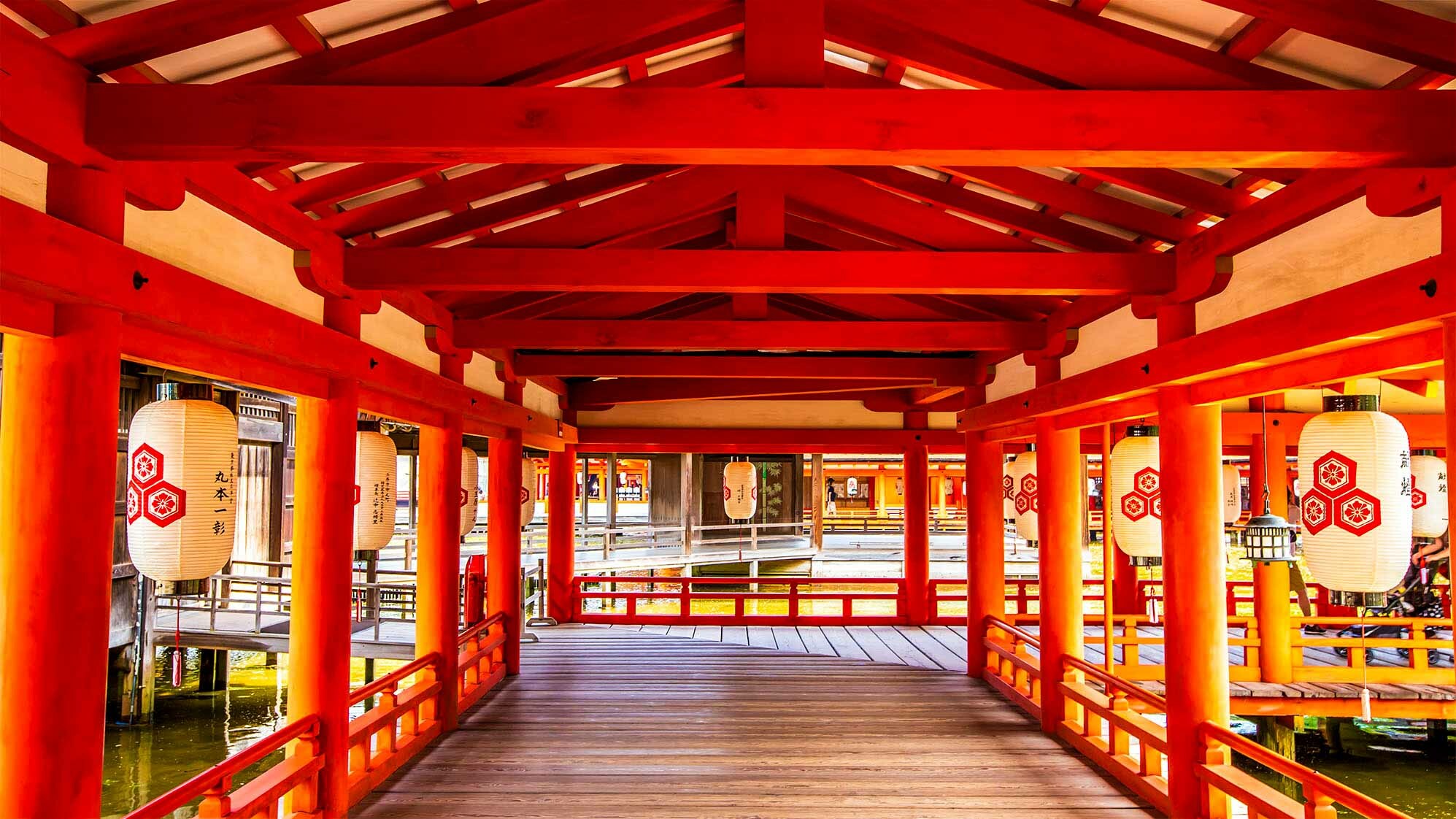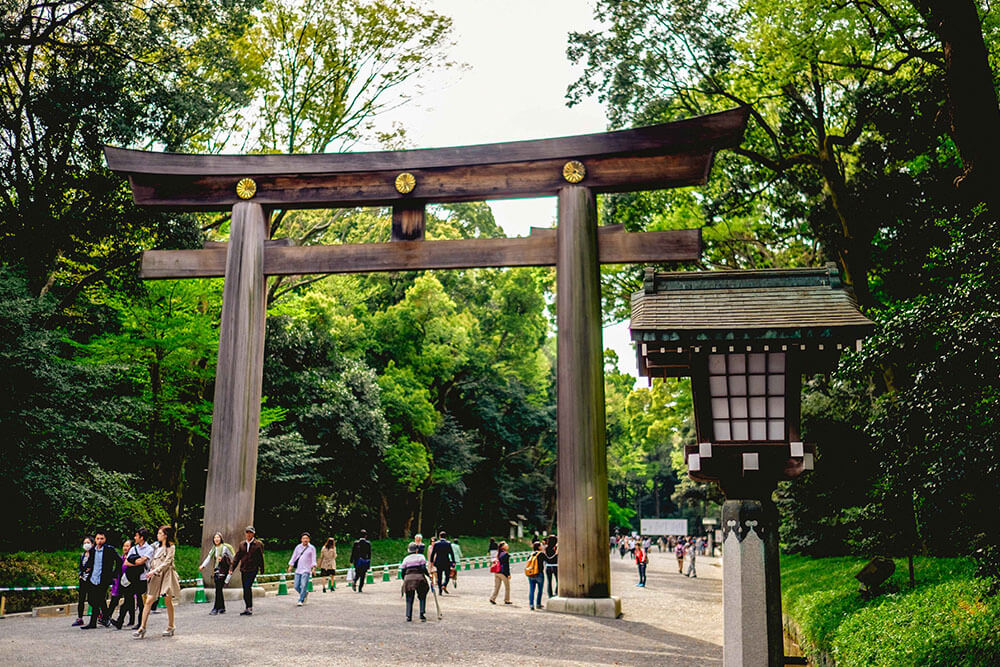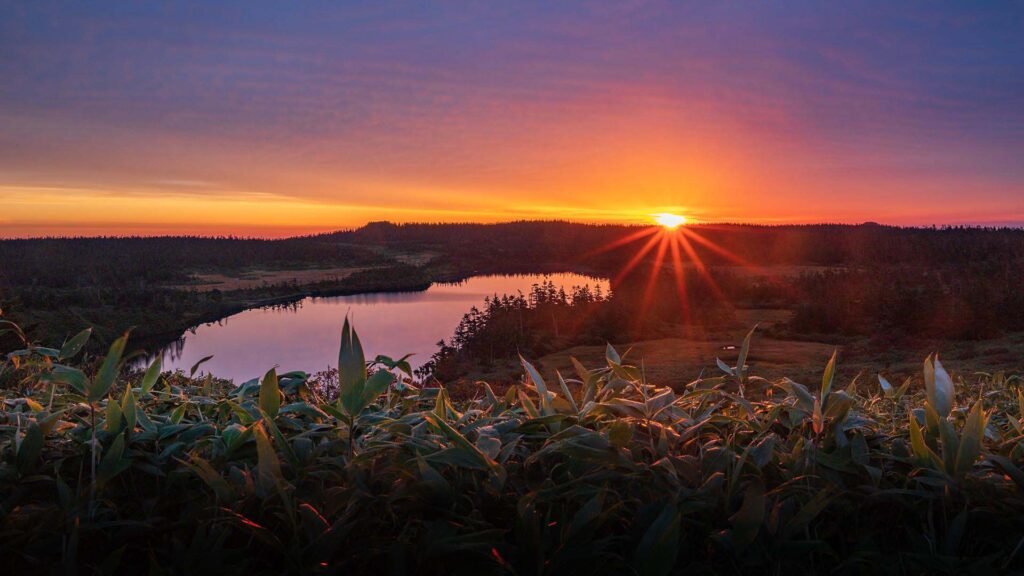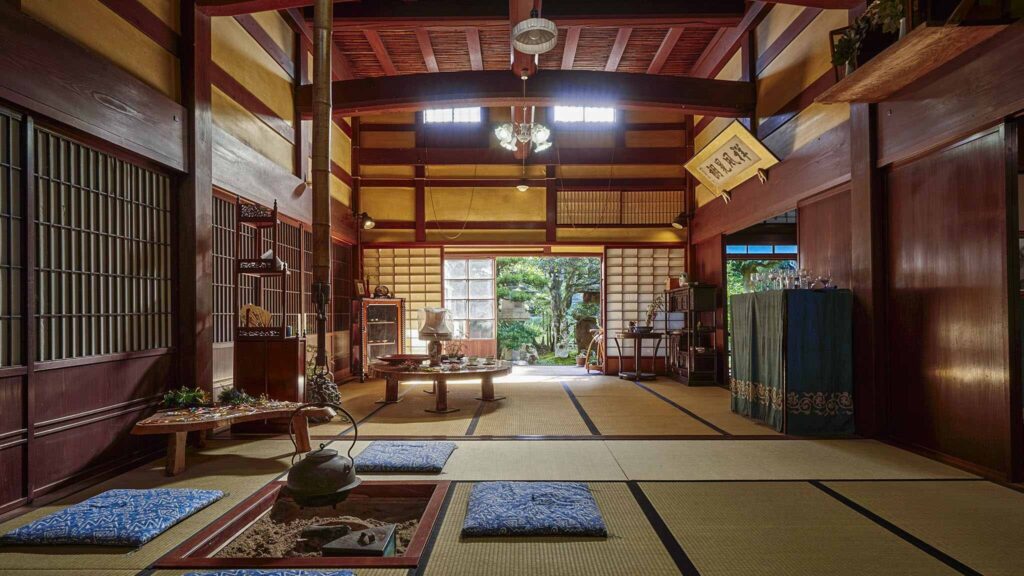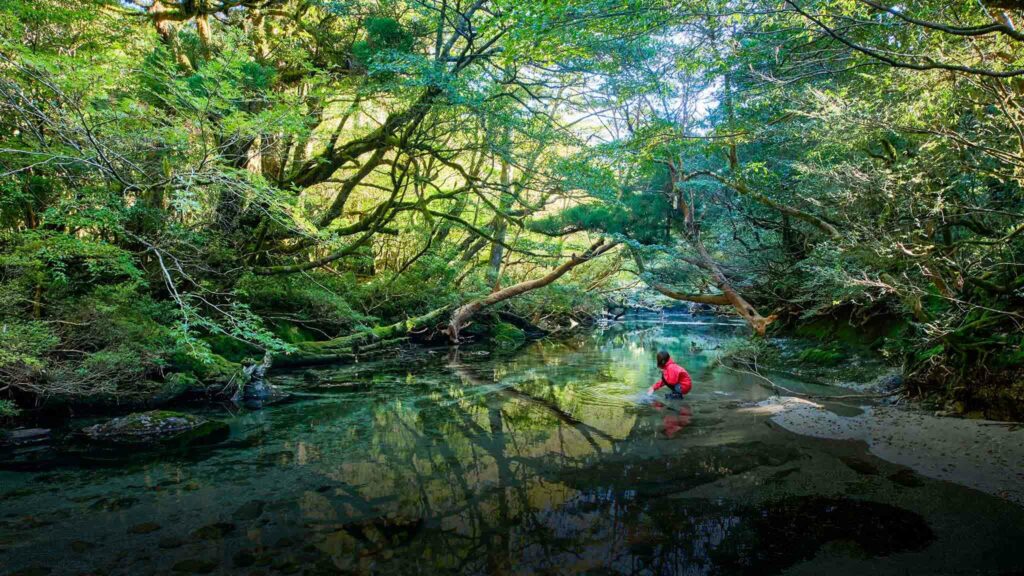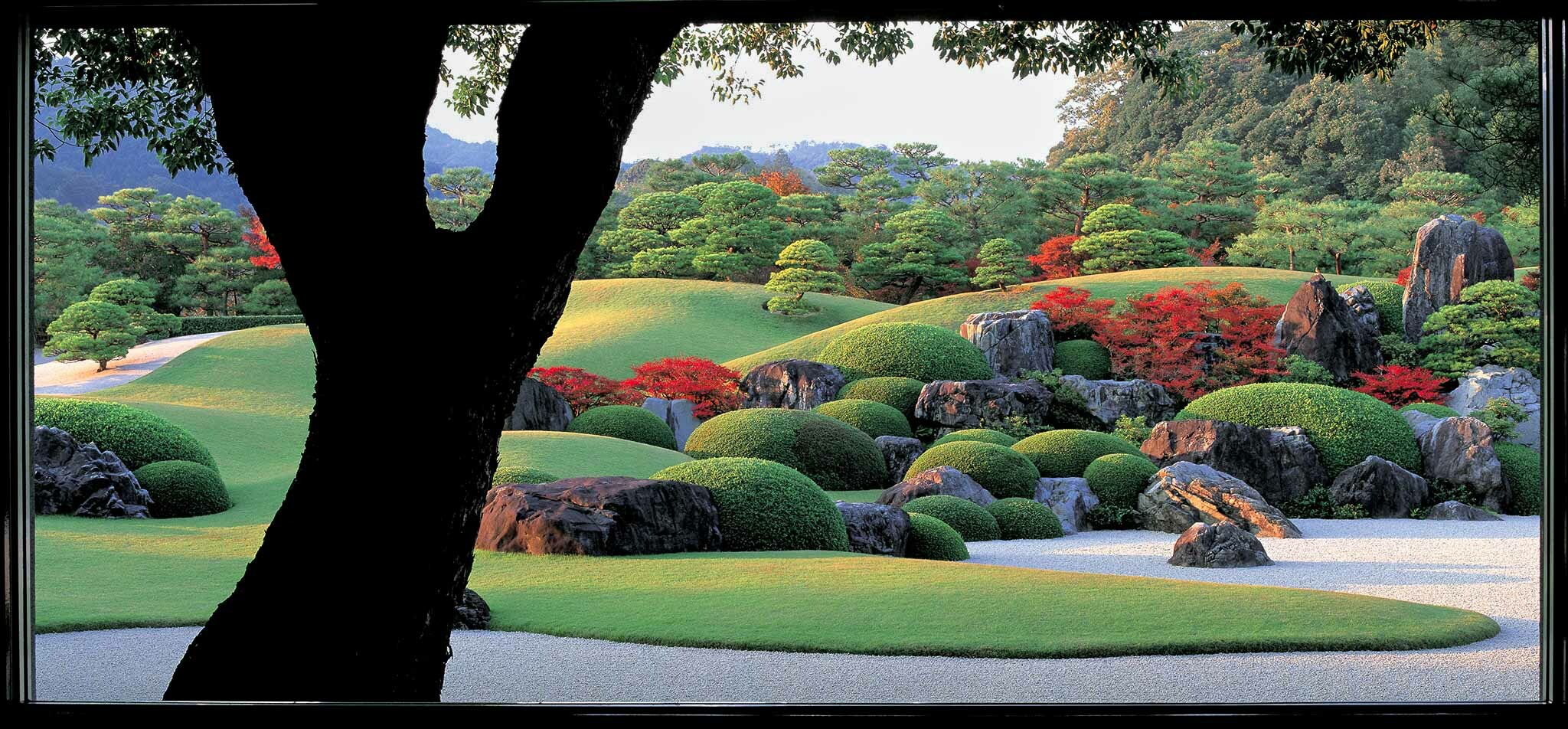
Immersive Art Adventures
Discover how art and craftsmanship are synonymous with daily life in
Chugoku & Shikoku ![]()
All across Japan, art and craftsmanship are woven into the fabric of daily life, including calligraphy penned during New Year’s and traditional lacquerware used to serve food in restaurants. From esteemed art galleries and dynamic installations on the streets of Roppongi and Ginza to the painted shutters of Shimokitazawa and Kita-senju, Tokyo’s art scene is ever-present, serving as an excellent starting point to discover the width and breadth of art around the country, particularly in the western regions of

Art with a Twist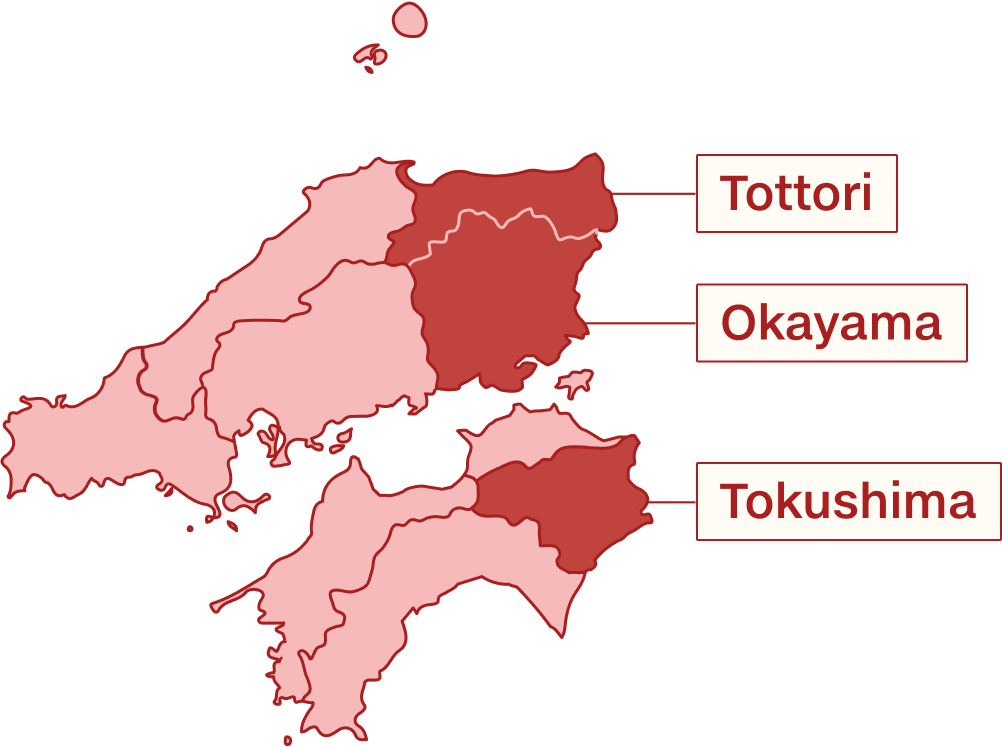
Innovative concepts often challenge our beliefs in what art can or should be, and a museum visit while in the region is sure to broaden the mind and delight the senses.
The Otsuka Museum of Art in Tokushima Prefecture offers visitors the opportunity to view approximately 1,000 famous Western masterpieces in one place, over a 2.5-mile (about 4 km) course. The twist? Every single work of art is a replica made on a ceramic canvas. Painstakingly reproduced from the photographs of the masterpieces down to the smallest detail—including scuffs and cracks—these full-scale creations are perfect matches to their Louvre and Tate Gallery counterparts.
At Okayama Prefecture’s Nagi Museum of Contemporary Art (Nagi MOCA) art and architecture are united semi-permanently. The three spaces making up the museum are named Sun, Moon, and Earth respectively, and their peculiar forms distort visitors’ sense of perception and physical experience. Okayama is also home to The Forest Festival of the Arts, a new international art festival to be held in the fall of 2024.
Possibly the only museum of its kind in the world, the Motoike Museum in Tottori Prefecture showcases the leatherwork of expert craftsman Hideo Motoike. Taking art to new heights—both literally and figuratively—the museum exhibits almost 20-foot-high (6 m) leather giraffes, as well as about 100 pieces of modern leather art including leather dolls.
Traditional Japanese Aesthetics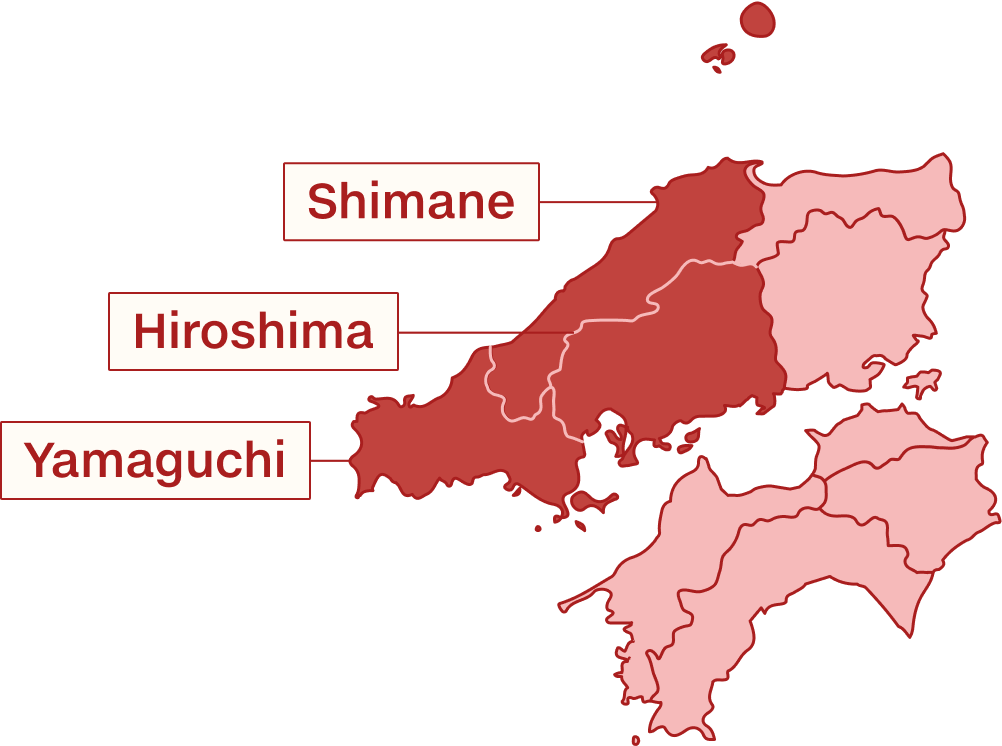
Based on ancient philosophies and visual ideals, the timeless essence of traditional Japanese aesthetics never ceases to fascinate domestic and international observers.
The Adachi Museum of Art in Shimane Prefecture has a fascinating collection of modern Japanese-style paintings, including several works of Taikan Yokoyama, as well as ceramics, children’s paintings, sculpture, and lacquer art. It is, however, the museum’s expansive Japanese-style garden that is one of its main draws. Consistently voted the number one garden by the Journal of Japanese Gardens for over two decades, this manicured green space surrounds the whole venue, creating a natural exhibit that changes with every season.
Also known for its natural beauty is the island of Miyajima in Hiroshima Prefecture, regarded as one of Japan’s three most beautiful scenic spots. The island itself is deeply submerged in ancient folklore, with the Itsukushima Shrine—known for its iconic floating torii gate—holding a pivotal spot as a sacred place of the gods.
For travelers interested in experiencing traditional Japanese wood craftsmanship and artistry, Yamaguchi Prefecture’s Kintaikyo Bridge stands as an architectural masterpiece and holds the status of a national scenic beauty site. First built in 1673, 2023 marks the 350th anniversary of its construction. The structure of the bridge was revolutionary for its time, using sophisticated construction techniques to allow for its five arches, which seem to billow in waves across the Nishiki River.
Life Meets Architecture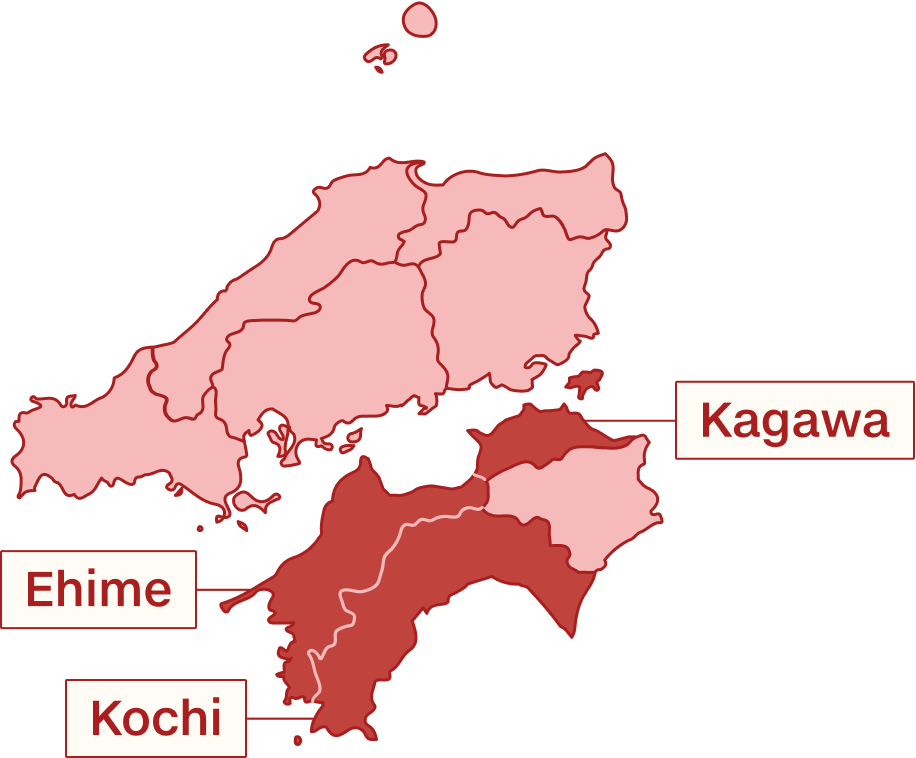
Architecture, in many cases, is a living piece of art that evolves with the people who make use of the space.
Formed like a large village, the Shikoku Mura Museum in Kagawa Prefecture is an open-air museum with a kabuki theater, art gallery, and a picturesque vine suspension bridge. Visitors can also explore 33 restored historic structures from all four prefectures of Shikoku (Kagawa, Ehime, Tokushima, and Kochi) that span from the age of the samurai to early modern Japan.
Similarly inviting visitors to travel back in time is Ehime Prefecture’s Uchiko, a well-preserved traditional townscape that merges Meiji, Taisho, and Showa era architecture. The pale yellow wattle-and-daub mud walls make for a splendid background—especially when dressed in a rental kimono, which can be obtained in a nearby store—on a leisurely stroll along the charming café- and shop-lined streets.
Showcasing elements of the contemporary alongside the traditional is Kochi Prefecture’s Yusuhara, a historic forestry town dotted with rustic thatched-roof buildings and traditional tea houses. Six structures across this forested area designed by renowned architect Kengo Kuma—including the Yusuhara Town Office, the local library, and the Kumo-no-Ue-no Gallery—are built with locally sourced wood materials, and serve as community-centered venues as well as permanent architectural exhibitions.
From traditional Japanese art forms to contemporary masterpieces, Chugoku and Shikoku prefectures offer an enchanting experience for travelers seeking to explore Japan’s creative landscape.
![]() How to Get There
How to Get There
Getting from Tokyo to many of Chugoku and Shikoku’s wonderful destinations is easy, with options both by rail and air. Depending on the prefecture, a domestic flight with ANA or JAL from Haneda International Airport to Chugoku or Shikoku takes about 1.5 hours. Both airlines regularly offer promotions for international tourists, and their focus on omotenashi—the Japanese style of hospitality of anticipating the needs of customers to providing thoughtful service—ensures travelers continue to experience the essence of the destination while exploring the country.
For those who prefer to stay on the ground, a bullet train can get you to several of the region’s travel hubs in approximately 3-4 hours. The West Japan Railway Co. operates the Sanyo Shinkansen that runs between Shin-Osaka (Osaka) and Hakata (Fukuoka), and limited express trains between major cities, making it possible to reach most areas efficiently and quickly thanks to the company’s extensive network. The West Japan Railway Co. also operates sightseeing trains in the Setouchi and San’in regions, offering travelers a variety of scenery and dining options in each area. A wide range of products and unlimited ride passes are available to suit every travel itinerary.
The Shikoku Railway Company serves Shikoku with exclusive promotions for international travelers, allowing them to use the island’s railroads, several buses, and ferries for a convenient round-trip tour of the region. The company also operates various types of sightseeing trains and character-wrapped trains that reflect the characteristics of Shikoku.
Watch next
Learn more about other journeys
